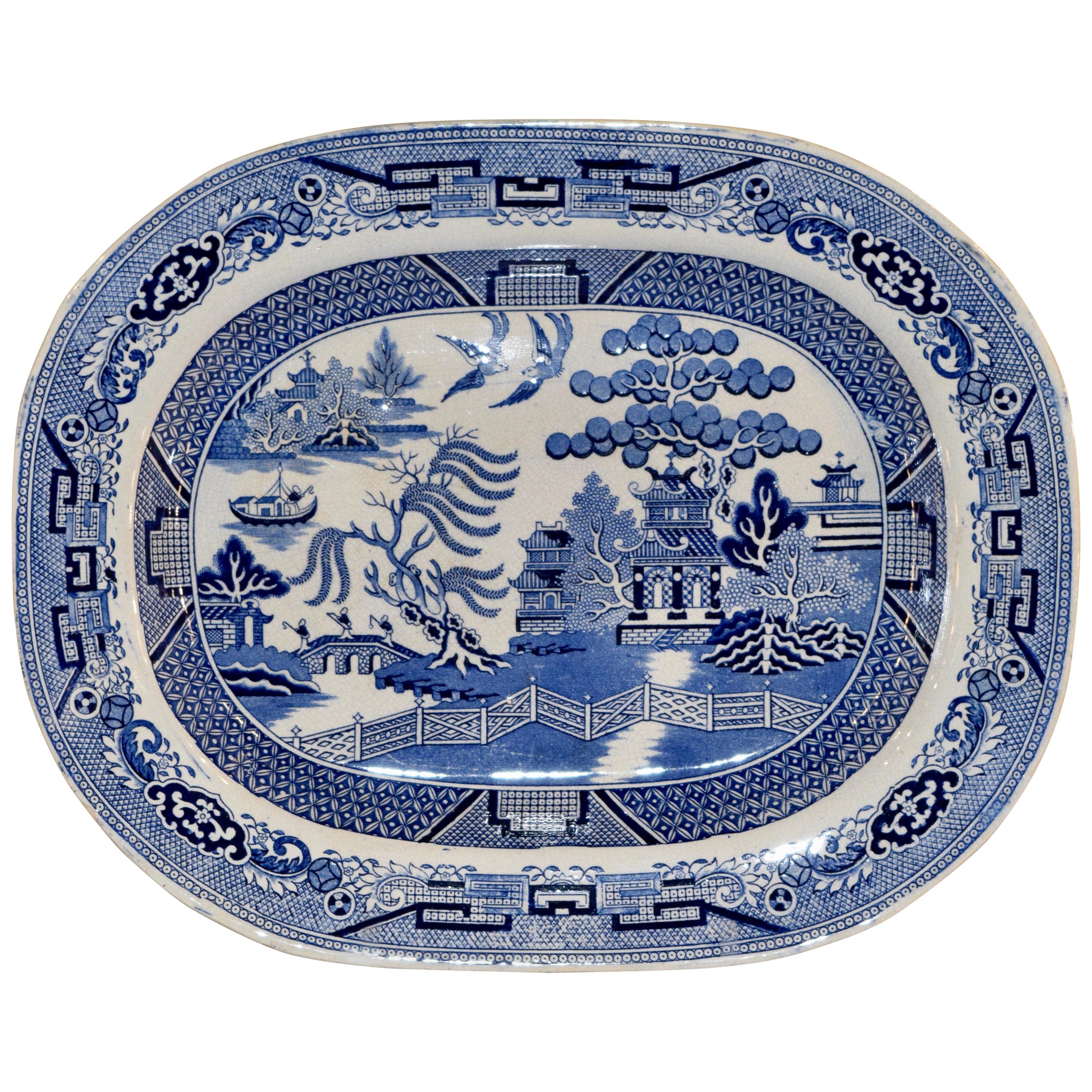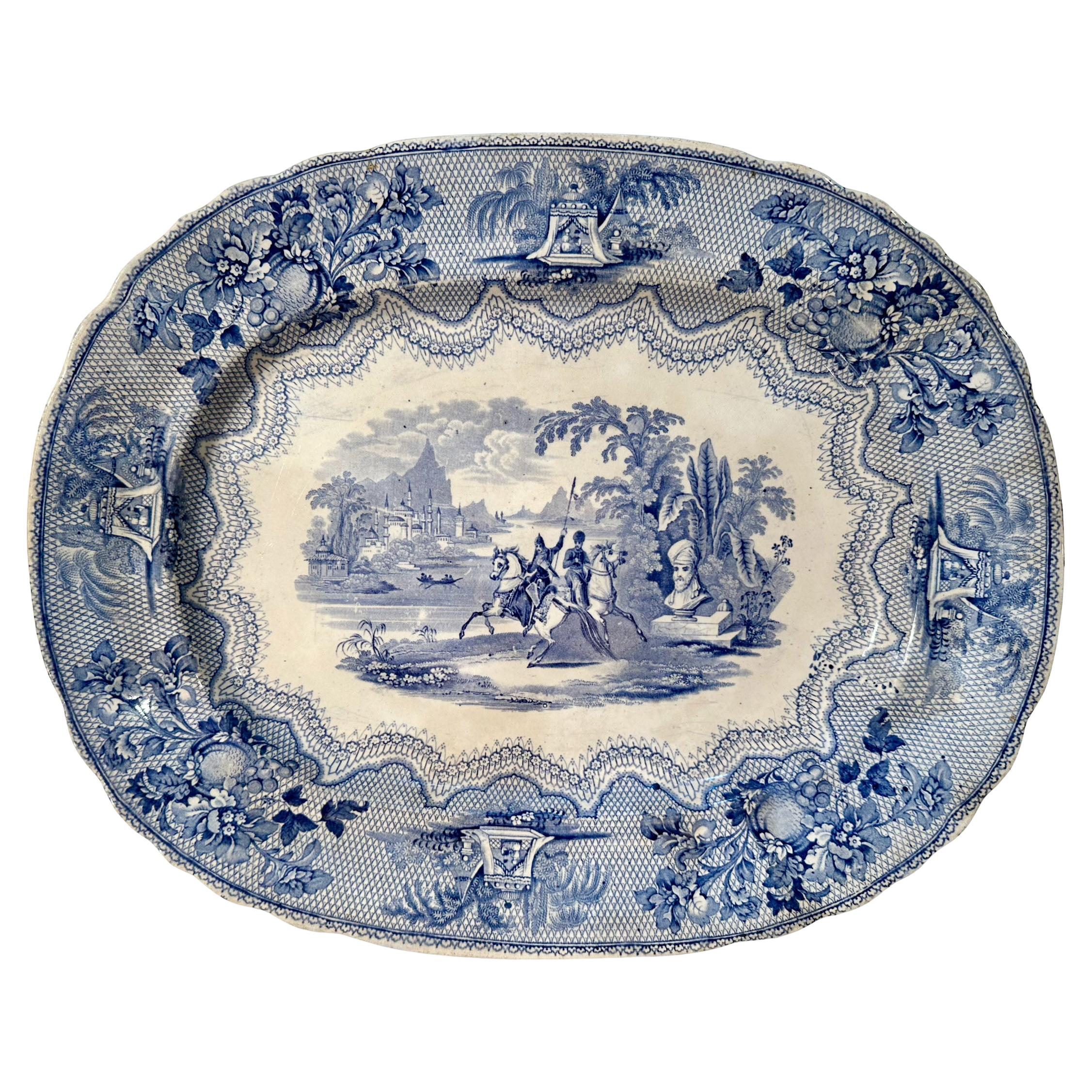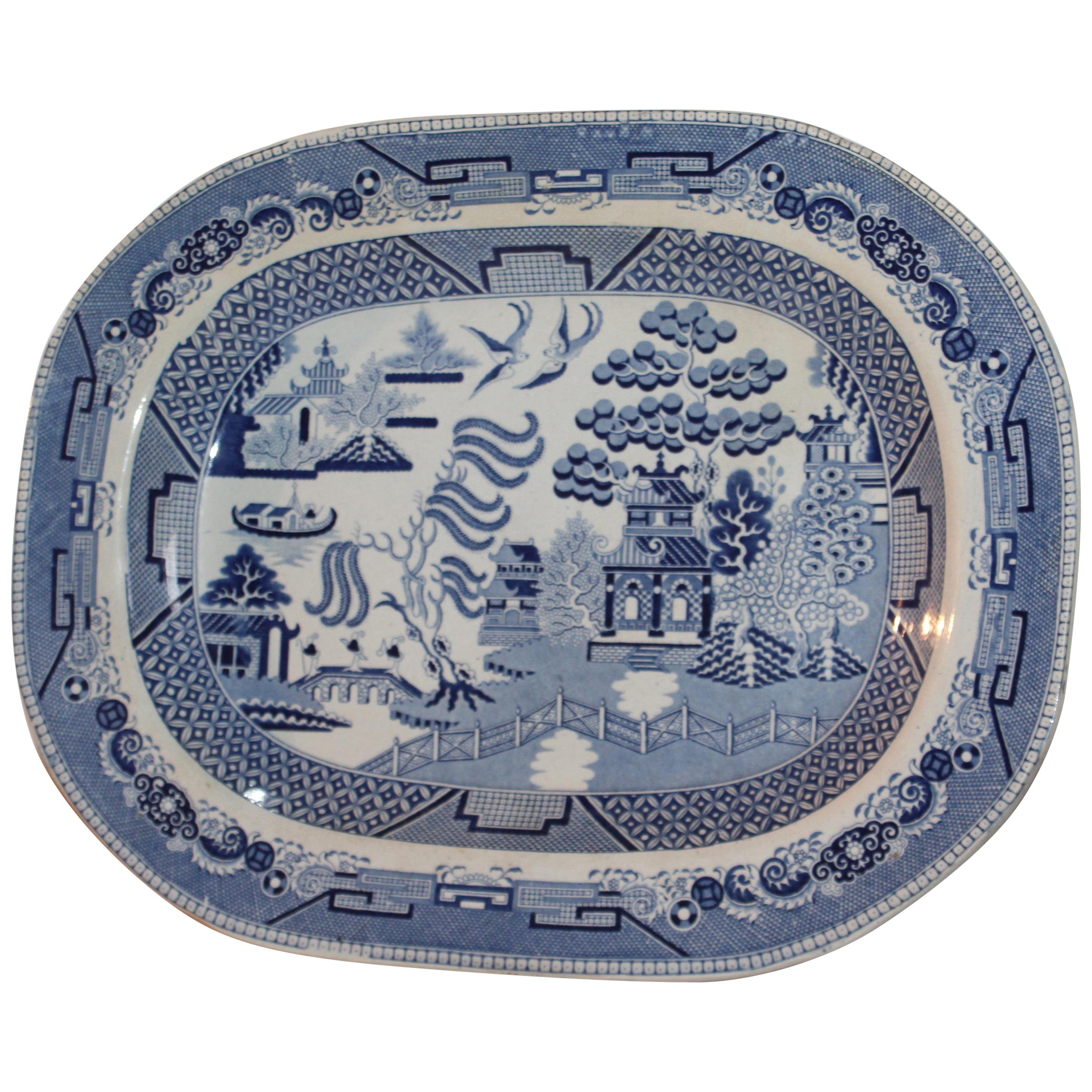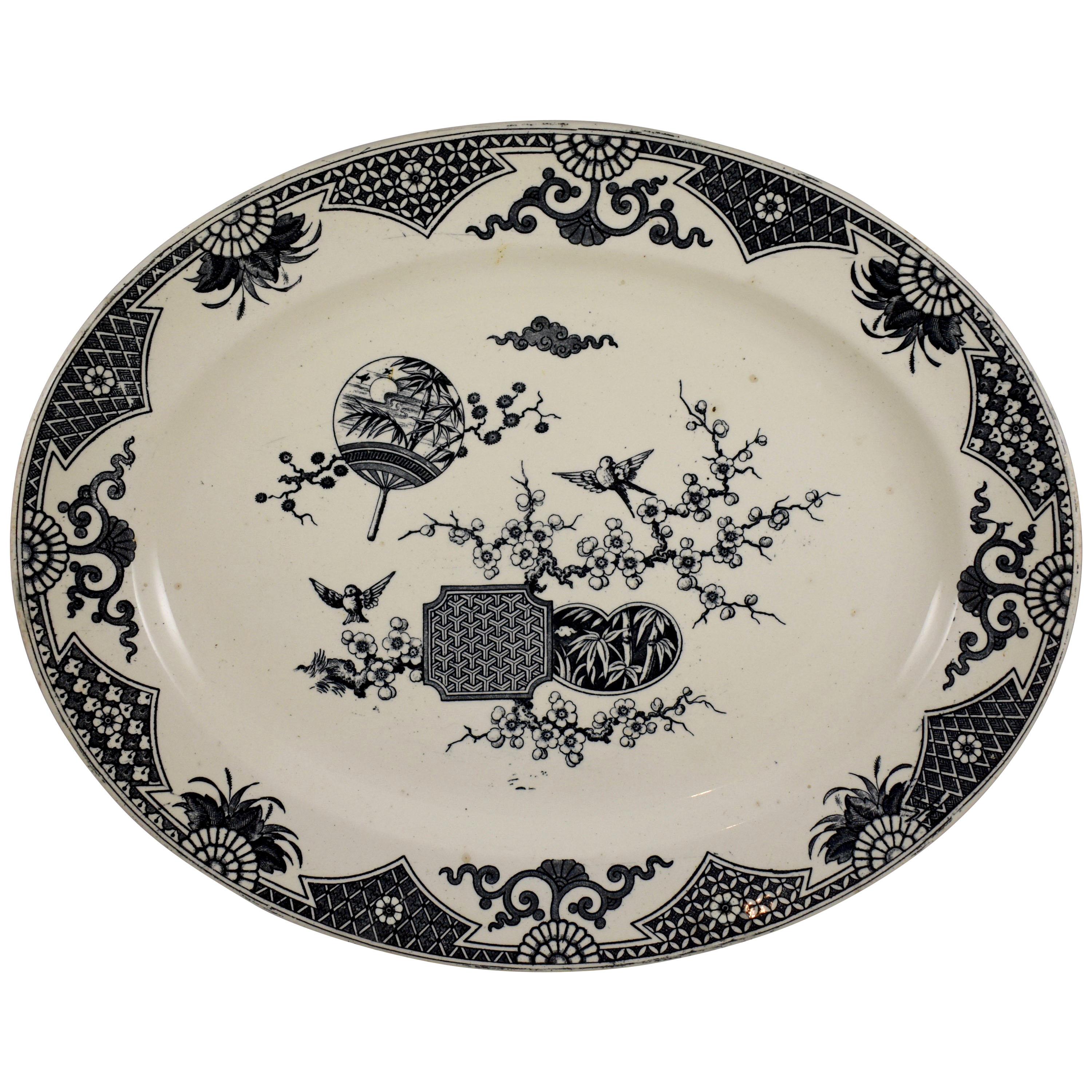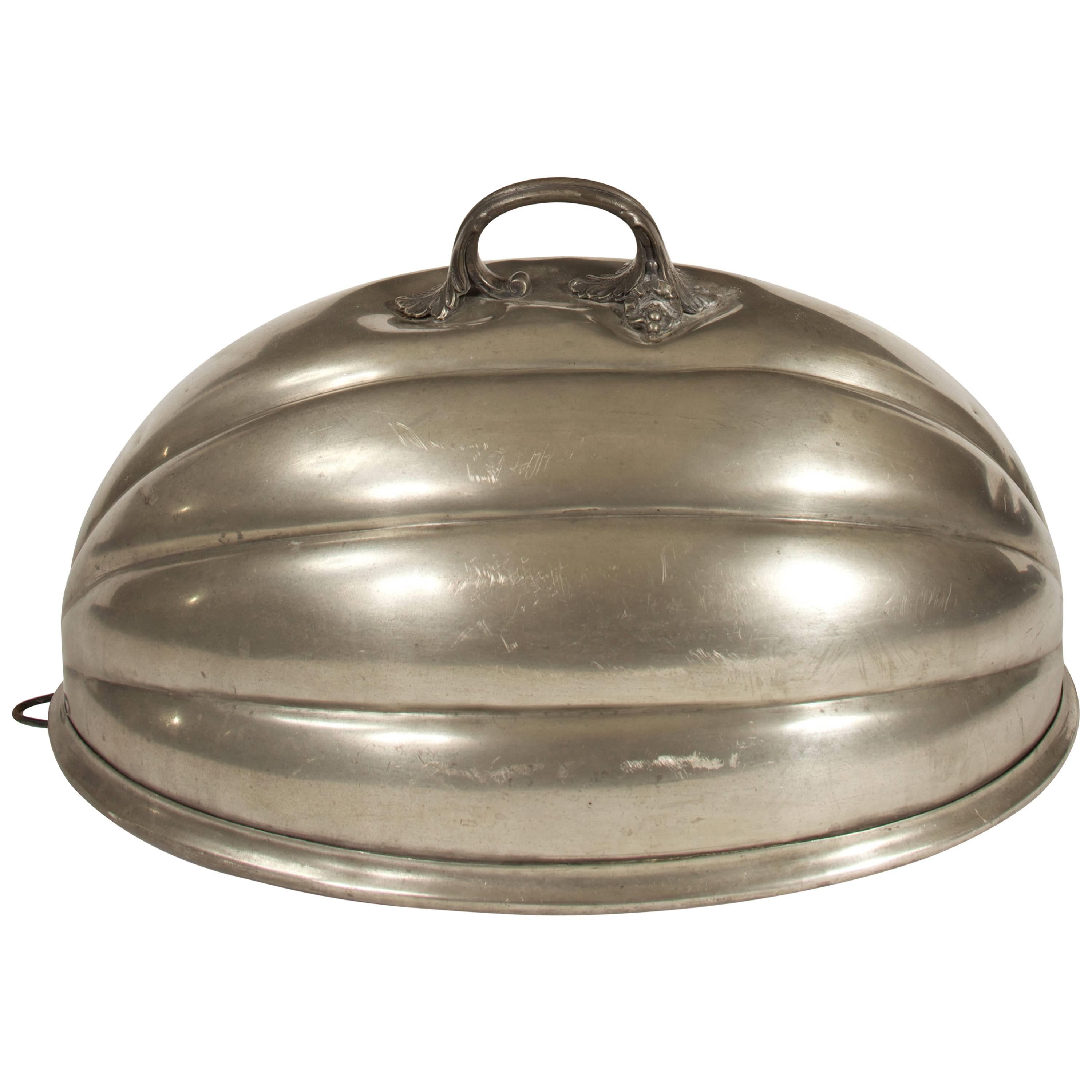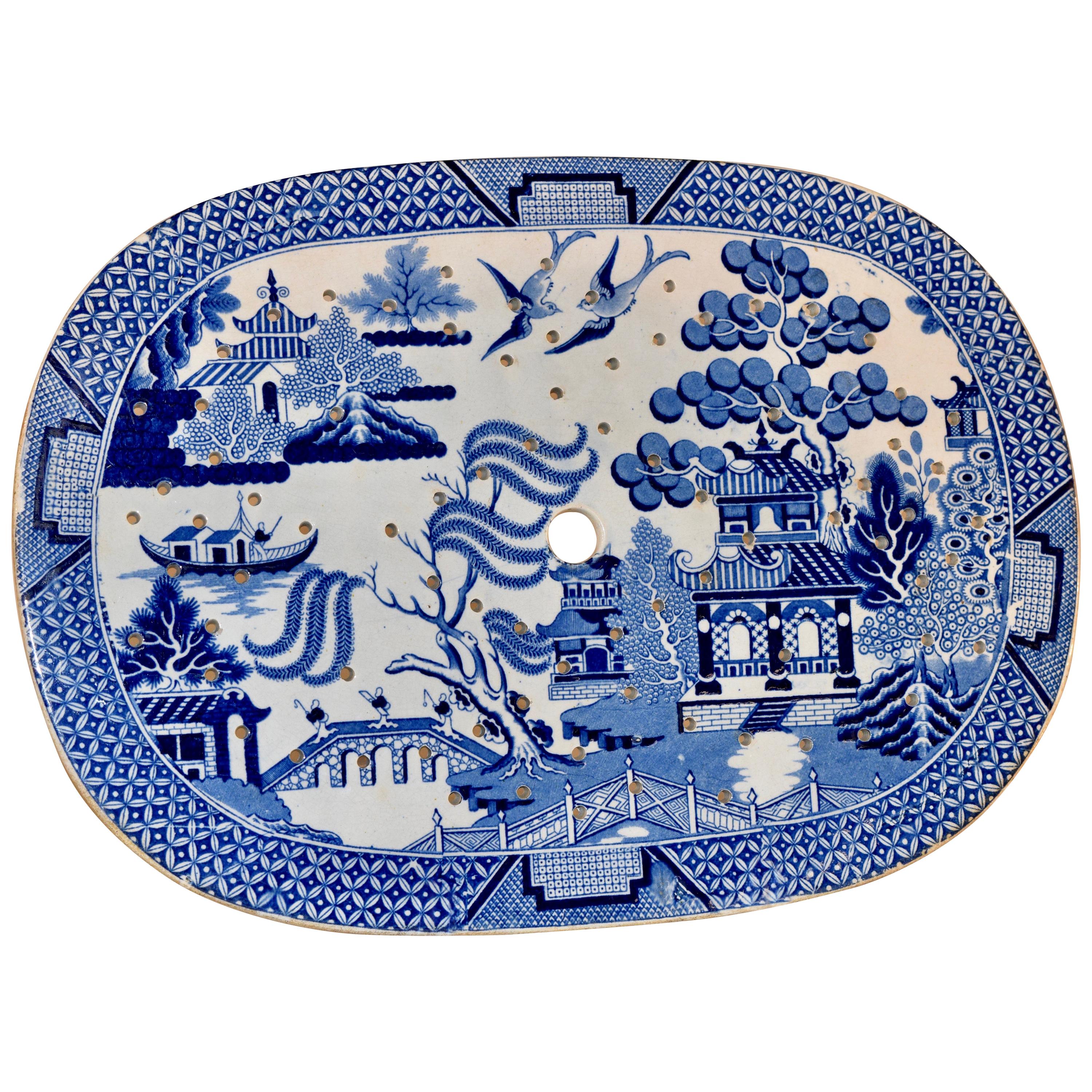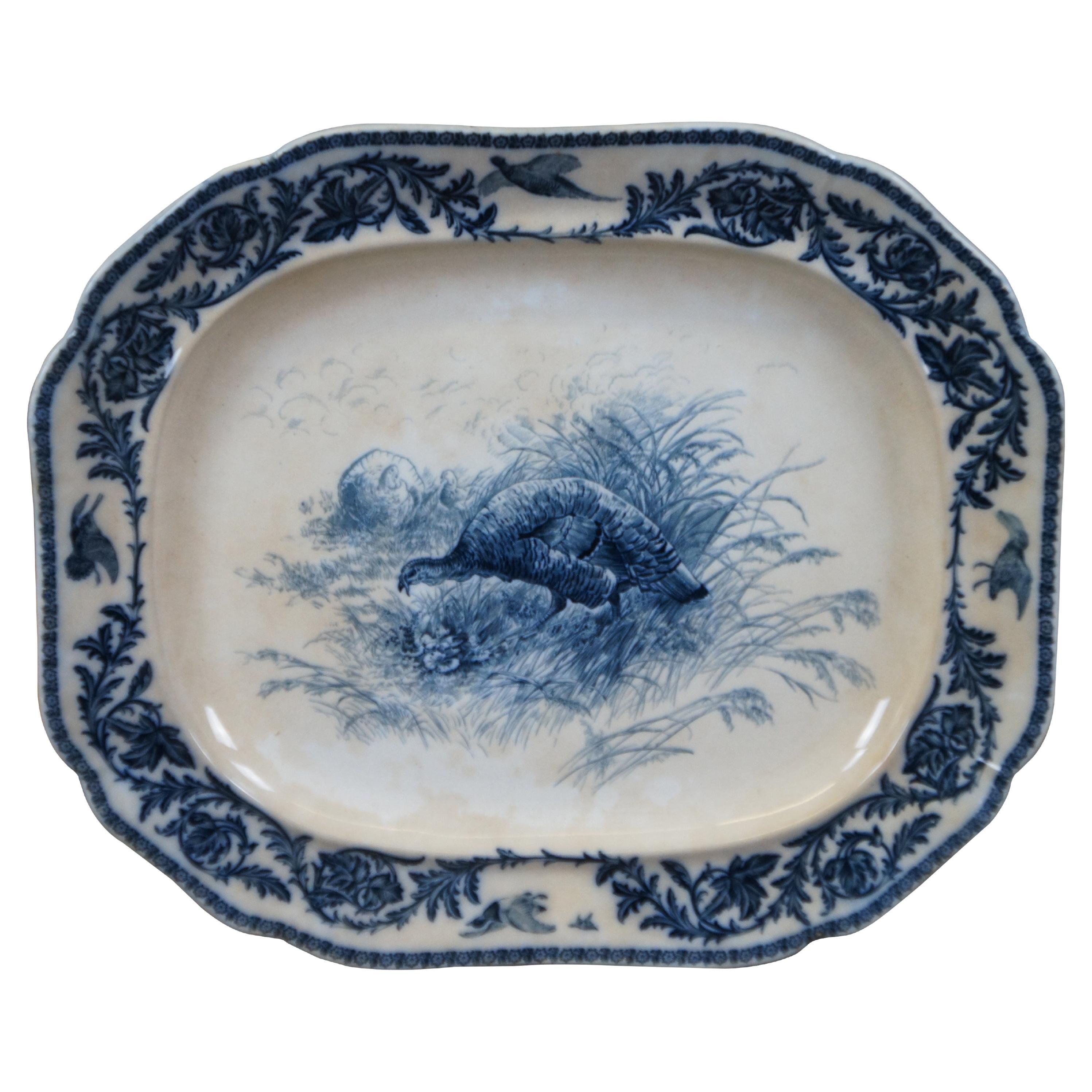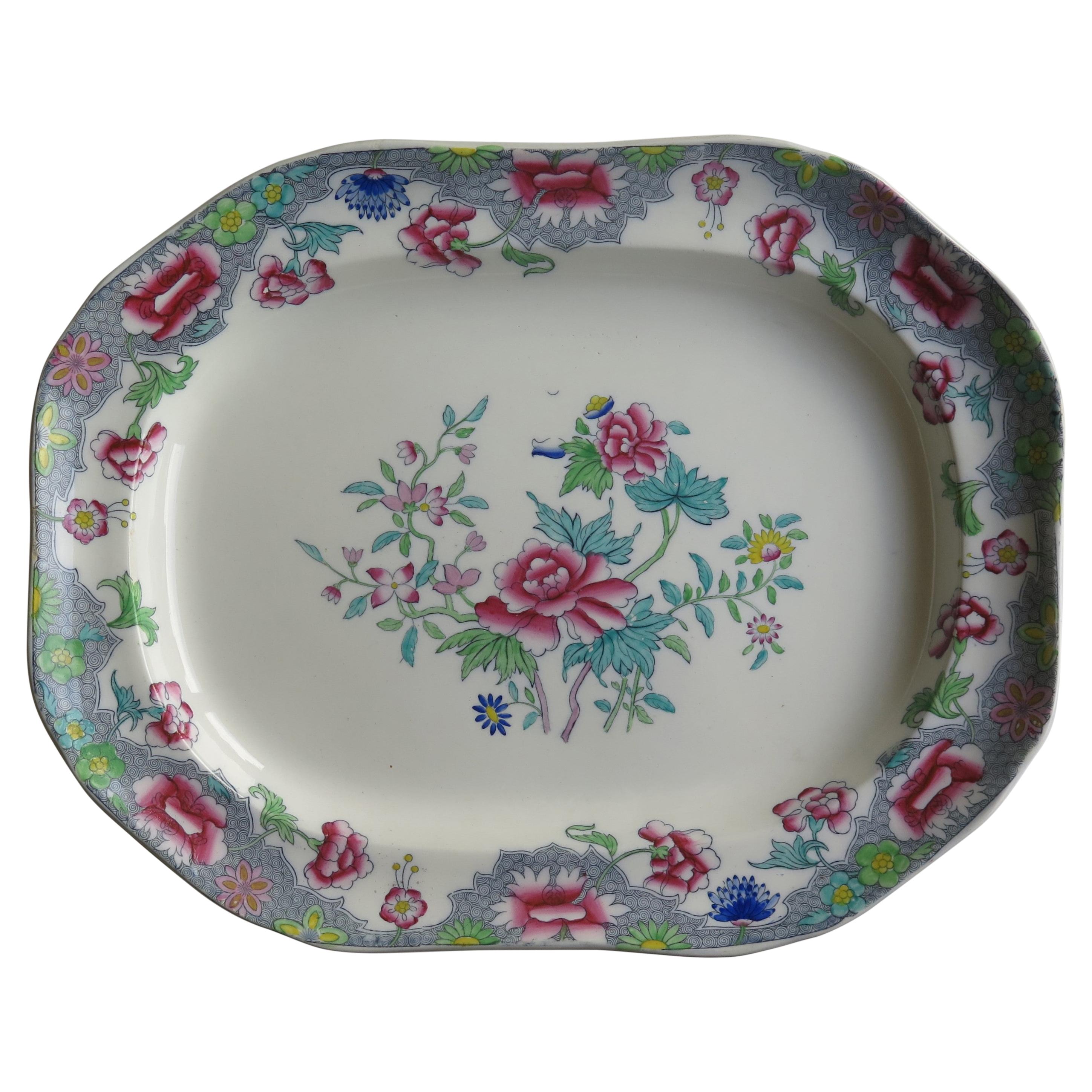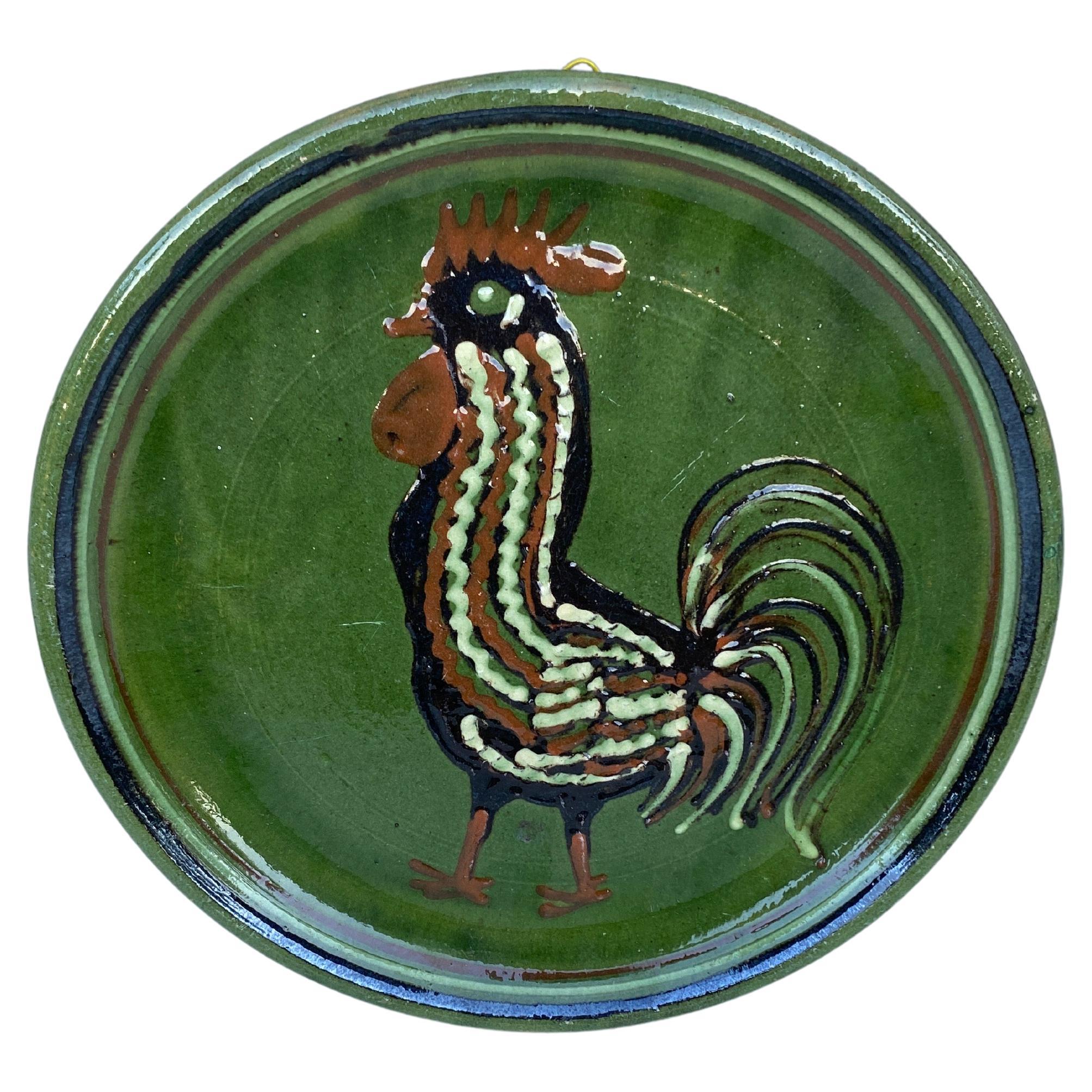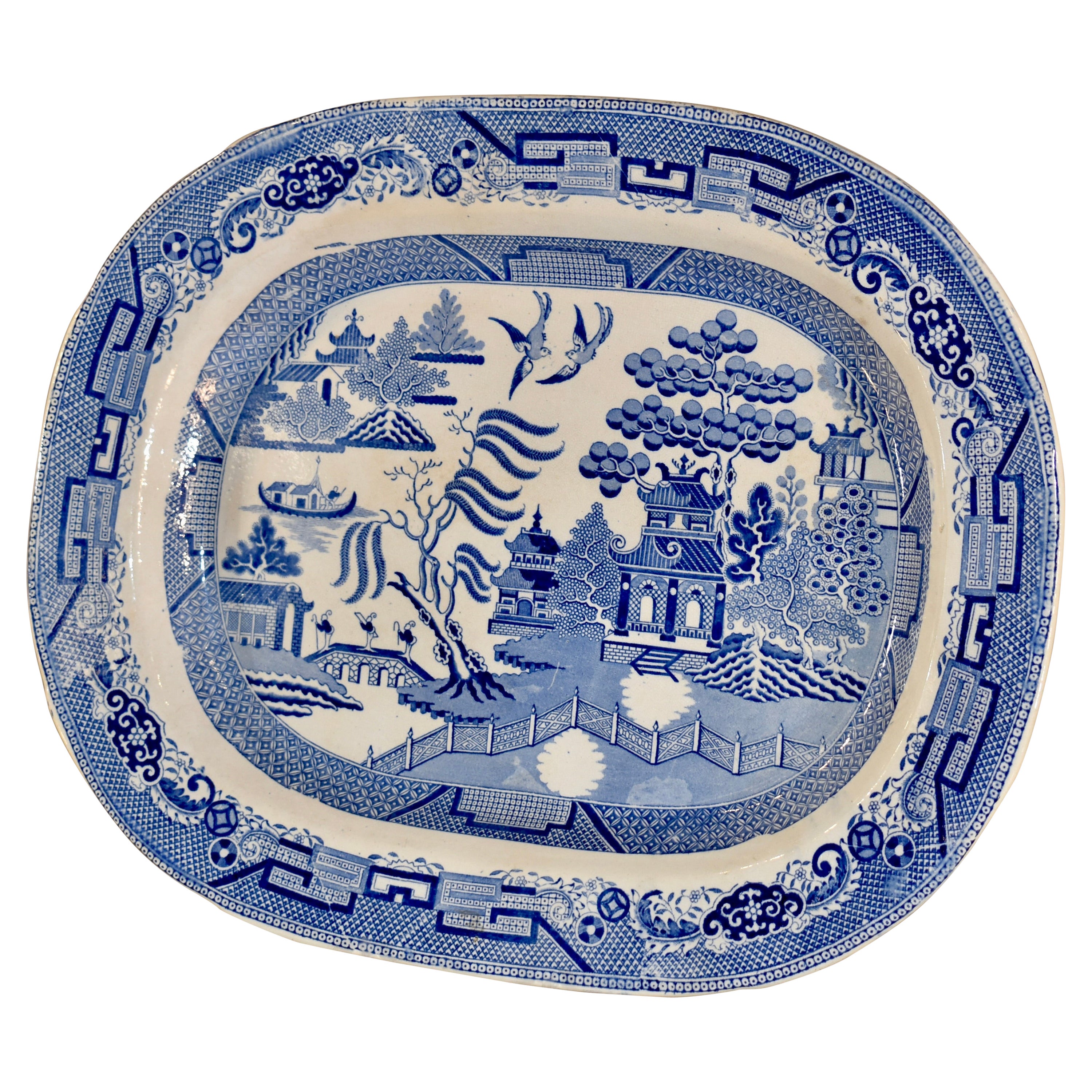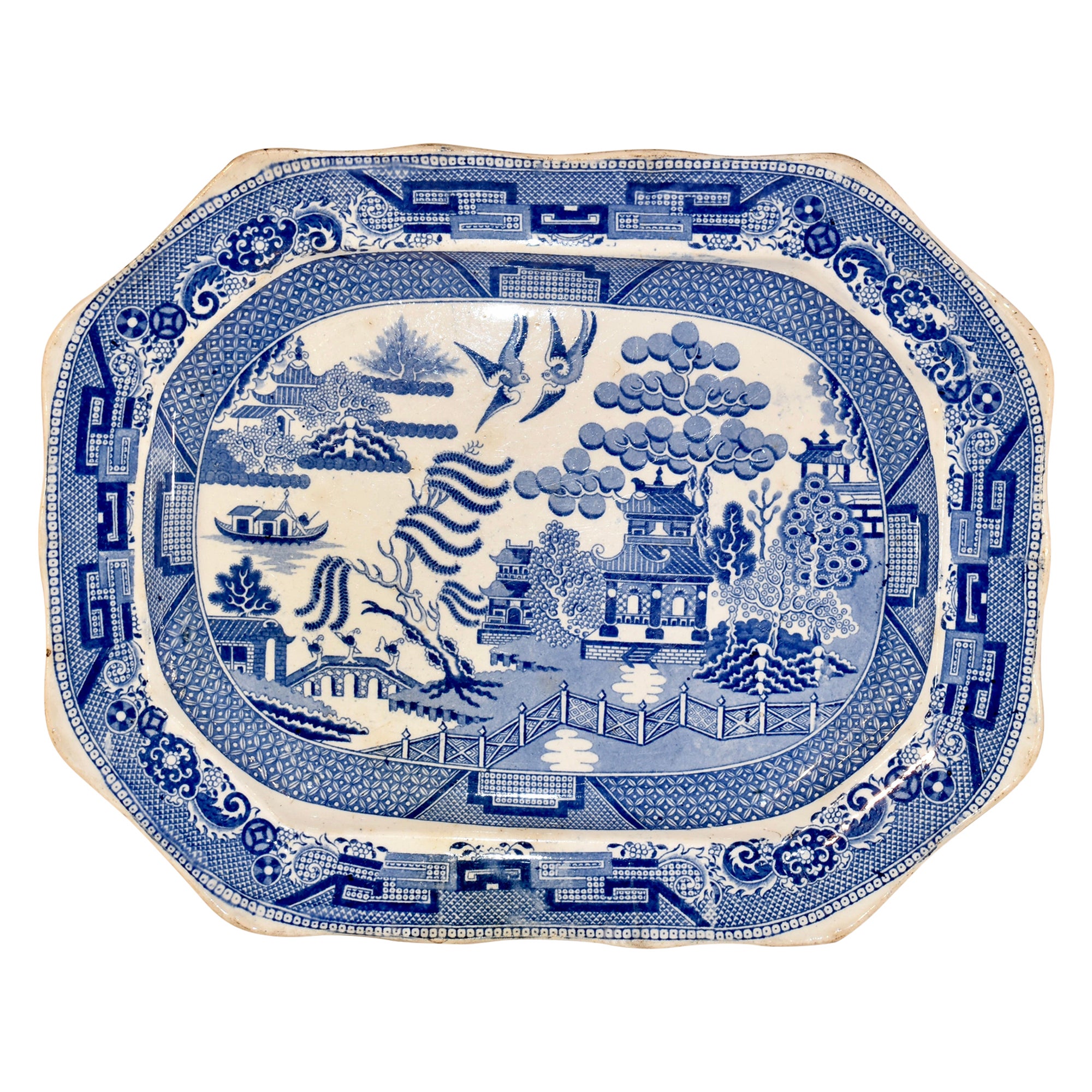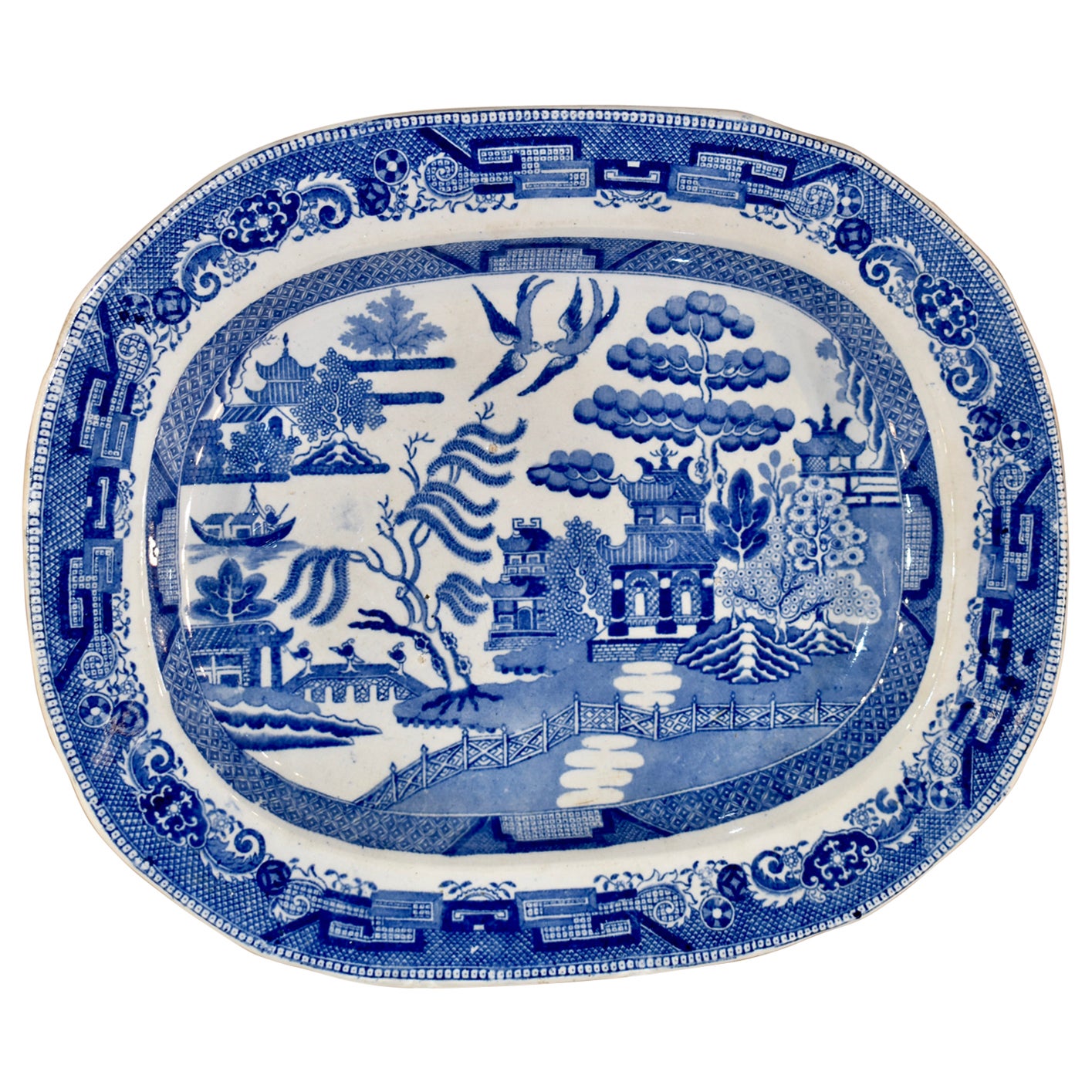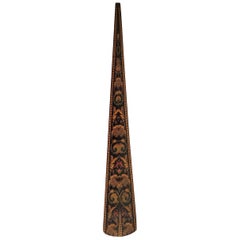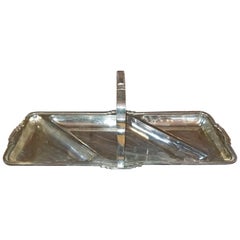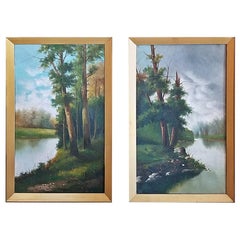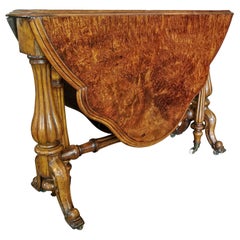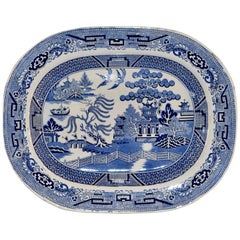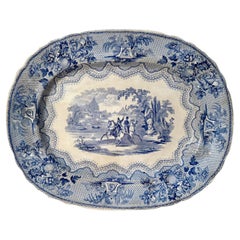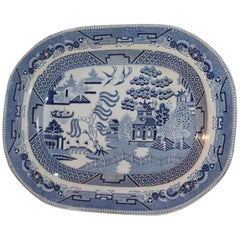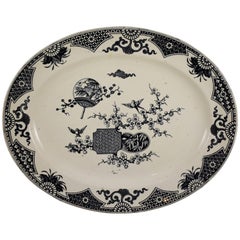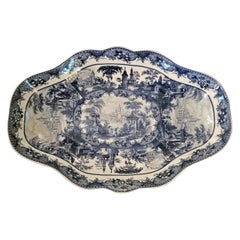
19th Century British Staffordshire Pottery Meat Platter or Game Dish
View Similar Items
Want more images or videos?
Request additional images or videos from the seller
1 of 14
19th Century British Staffordshire Pottery Meat Platter or Game Dish
$420List Price
About the Item
- Dimensions:Height: 12.5 in (31.75 cm)Width: 18.4 in (46.74 cm)Depth: 3 in (7.62 cm)
- Style:High Victorian (Of the Period)
- Materials and Techniques:
- Place of Origin:
- Period:
- Date of Manufacture:1860
- Condition:Near Mint.
- Seller Location:Dallas, TX
- Reference Number:1stDibs: LU3978112606992
About the Seller
4.9
Vetted Professional Seller
Every seller passes strict standards for authenticity and reliability
Established in 2015
1stDibs seller since 2018
390 sales on 1stDibs
Authenticity Guarantee
In the unlikely event there’s an issue with an item’s authenticity, contact us within 1 year for a full refund. DetailsMoney-Back Guarantee
If your item is not as described, is damaged in transit, or does not arrive, contact us within 7 days for a full refund. Details24-Hour Cancellation
You have a 24-hour grace period in which to reconsider your purchase, with no questions asked.Vetted Professional Sellers
Our world-class sellers must adhere to strict standards for service and quality, maintaining the integrity of our listings.Price-Match Guarantee
If you find that a seller listed the same item for a lower price elsewhere, we’ll match it.Trusted Global Delivery
Our best-in-class carrier network provides specialized shipping options worldwide, including custom delivery.More From This Seller
View AllRare 19th Century English Tunbridgeware Hair Pin or Slide
Located in Dallas, TX
PRESENTING an EXTREMELY UNIQUE and RARE 19C British Tunbridgeware Hair Pin/Bobbin or Slide.
This slide is unlike any of it’s kind we have seen before, it is a VERY RARE survivor.
From circa 1860 – 80 and made in Tunbridge Wells, England.
Made of walnut with gorgeous marquetry inlay on the entirety of the front with classic Tunbridgeware micro-mosaic all over the front. The rear is walnut.
The marquetry inlay appears to be various different woods, namely, maple, walnut and satinwood.
Would have been worn in a Lady’s hair bun with the micro-mosaic facing forward.
This would have belonged to a VERY ELEGANT LADY in the mid to late 19th Century.
Tunbridge ware is a form of decoratively inlaid woodwork, typically in the form of boxes, that is characteristic of Tonbridge and the spa town of Royal Tunbridge Wells in Kent in the 18th and 19th centuries. The decoration typically consists of a mosaic of many very small pieces of different coloured woods that form a pictorial vignette. Shaped rods and slivers of wood were first carefully glued together, then cut into many thin slices of identical pictorial veneer with a fine saw. Elaborately striped and feathered bandings for framing were pre-formed in a similar fashion.
There is a collection of Tunbridge ware in the Tunbridge Wells Museum and Art Gallery in Tunbridge Wells.
The famous makers of Tunbridge ware were in the Tunbridge Wells area of Kent; their most notable work was from circa 1830-1900.
Early makers of Tunbridge ware, in Tunbridge Wells in the mid-18th century, were the Burrows family, and Fenner and Co. In the 19th century, around 1830, James Burrows invented a technique of creating mosaics from wooden tesserae. Henry Hollamby, apprenticed to the Burrows family, set up on his own in 1842 and became an important manufacturer of Tunbridge ware, employing about 40 people.
Edmund Nye (1797–1863) and his father took over the Fenner company when William Fenner retired in 1840, after 30 years in partnership with him. Thomas Barton (1819–1903), previously apprenticed at the Wise factory, joined the Nyes in 1836, and worked as Nye’s designer; he took over the business in 1863 and continued there until his death.
In Tonbridge (near to Tunbridge Wells), George Wise (1703–1779) is known to have had a business in 1746. It continued with his son Thomas, and Thomas’s nephew George (1779–1869), who took over in 1806. In its early years the company made articles such as workboxes and tea caddies with prints of popular views; later items had pictures created from mosaics. Their workshop in Tonbridge, Wise’s Tunbridge Ware Manufactory, was next to the Big Bridge over the Medway; the building was demolished in 1886 to widen the approach to the bridge.
Tunbridge ware became popular with visitors to the spa town of Tunbridge Wells, who bought them as souvenirs and gifts. Articles included cribbage boards, paperweights, writing slopes, snuffboxes and glove boxes.
At the Great Exhibition of 1851, Tunbridge ware by Edmund Nye, Robert Russell and Henry Hollamby was shown; Edmund Nye received a commendation from the judges for his work. He exhibited a table depicting a mosaic of a ship at sea; 110,800 tesserae were used in making the picture.
The manufacturers of Tunbridge ware were cottage industries, and they were no more than nine in Tunbridge Wells and one in Tonbridge. The number declined in the 1880s; competent craftsmen were hard to find, and public tastes changed. After the death of Thomas Barton in 1903 the only surviving firm was Boyce, Brown and Kemp, which closed in 1927.
Marquetry was an old technique which was continued by Nye and Barton to create images such as birds or butterflies.
‘Green Oak’ as caused by the fungus Chlorociboria aeruginascens.
Stickware and half-square mosaic was invented by James Burrows in about 1830: a bunch of wooden sticks of different colours, each having triangular or diamond-shaped cross section, were tightly glued together; in the case of stickware, the resulting block was dried, then turned to form an article such as the base of a pincushion. For half-square mosaic, thin slices were taken from the composite block, and applied to a surface.
Tesselated mosaic, was a development by James Burrows of half-square mosaic; it was adopted by George Wise and Edmund Nye. Minute tesserae were used to form a wide variety of geometric and pictorial designs.
Many sorts of wood were used for the various colours; about 40 were in regular use. Only natural colors were used; green was provided by “green oak”, produced by the action of fungus on fallen oak. Designs for articles were often taken from designs of Berlin wool work.
Category
Antique Late 19th Century English High Victorian Collectible Jewelry
Materials
Satinwood, Walnut
Art Deco Sheffield Silver Plated Bon Bon Dish
By Frank Cobb & Co. 1
Located in Dallas, TX
Gorgeous Art Deco British Old Sheffield plated silver bon bon dish.
This is a piece of classic Art Deco!
This is a British made silver plated, EPNS ...
Category
Early 20th Century English Art Deco Platters and Serveware
Materials
Silver Plate
19th Century Pair of British Oils on Canvas of River and Forest Scenes
Located in Dallas, TX
PRESENTING a BEAUTIFUL Pair of classic Original Victorian British Oils on Canvas of River and Forest Scenes.
Unsigned, Oils on Canvas featuring river and forest scenes.
Both in the...
Category
Antique Mid-19th Century English High Victorian Paintings
Materials
Canvas
19th Century English Burl Walnut Sutherland Table
Located in Dallas, TX
Late 19th century English drop-leaf table from the Mid-Victorian Era.
Made of gorgeous yellowish-brown walnut with a fantastic burl walnut table top. The patina on the top is simply glorious!!
The table was made circa 1850-60.
It sits on beautifully turned fluted legs with the porcelain and brass casters.
Two of the legs swing inwards and outwards to extend the 2 leaves of the table.
Fully extended the table has a fabulous curved and indented edge, in an oval shape on both ends.
The center column is beautifully turned and fluted.
The 2 side columns are again beautifully turned and fluted and end with 2 extending scrolling supports that end in turned bulbous twin feet.
This is a high quality item and highly desirable!
Antique Sutherland Tables...
Category
Antique Mid-19th Century English High Victorian Side Tables
Materials
Walnut, Burl
Early 19th Century British Mahogany Gothic Revival Wardrobe
Located in Dallas, TX
Beautiful early 19th century, circa 1830, William IV Period, mahogany Regency Gothic Revival wardrobe or armoire or linen press with central mirrored tabernacle and 5-drawer chest of...
Category
Antique Early 19th Century English William IV Wardrobes and Armoires
Materials
Mahogany
$3,600 Sale Price
47% Off
19C Middle Eastern Damascene Charger
Located in Dallas, TX
Presenting a stunning 19C Middle Eastern Damascene Charger of medium proportions.
In beautiful original condition made of brass and inlaid with silver and copper in Islamic themes w...
Category
Antique Mid-19th Century Jordanian Islamic Platters and Serveware
Materials
Sterling Silver, Brass, Copper
You May Also Like
19th Century Blue Willow Staffordshire Platter
Located in High Point, NC
19th century Staffordshire platter in the highly collectible "Blue Willow" pattern. The platter is marked R.K. and Co, which is the mark from Robinson, Kir...
Category
Antique 19th Century English Victorian Platters and Serveware
Materials
Ceramic
Staffordshire Blue Transferware Meat Platter
Located in Tampa, FL
A military scene Staffordshire transferware meat platter. Blue and white with marking on back. Circa 1890s, England.
Category
Antique 1890s English Platters and Serveware
Materials
Porcelain
19th Century Staffordshire Blue Willow Serving Platter
By Staffordshire
Located in Los Angeles, CA
This 19th century large blue willow serving platter is signed Staffordshire, England. The condition is in mint condition.
Category
Antique 19th Century English Country Platters and Serveware
Materials
Porcelain
19th Century Staffordshire Aesthetic Movement Transferware Platter, ‘Formosa’
By Thomas Furnival & Sons
Located in Philadelphia, PA
A large Aesthetic Movement platter, Thomas Furnival & Sons, Cobridge, Staffordshire, England, circa 1879.
The Japanesque ‘Formosa’ pattern is transfer printed in black on a cream ...
Category
Antique Late 19th Century English Aesthetic Movement Platters and Serveware
Materials
Earthenware
19th Century Melon-Shaped Meat or Food Dome
By Shaw & Fisher
Located in Sheffield, MA
Stamped "By the Queen's Royal Letter's Patent. Shaw & Fisher's Patent Oval Dish Cover. Sheffield," this pewter food dome dates from circa 1850. Metal holds heat and, therefore, keeps...
Category
Antique 19th Century English Early Victorian Centerpieces
Materials
Pewter
19th Century Staffordshire Drainer
Located in High Point, NC
19th century English ceramic drainer in the popular blue willow pattern. Lovely form.
Category
Antique 19th Century English Victorian Ceramics
Materials
Ceramic
Recently Viewed
View AllMore Ways To Browse
Blue Transfer Platters
Silver Meat Dish
Antique Burslem Pottery
Grays Pottery Stoke On Trent
Hanley Staffordshire
Blue And White Staffordshire Platters
Fenton Blue
19th Century Blue White Platter Staffordshire
Fenton Glass White
Blue Fenton Glass
Antique Blue And White Meat Platter
White Ceramic Platters
Wine Rinser
Oval Silver Plater Vintage
German Silver Platter
Blue And White Platter
Lemon Juicer
Large Charger Plates
